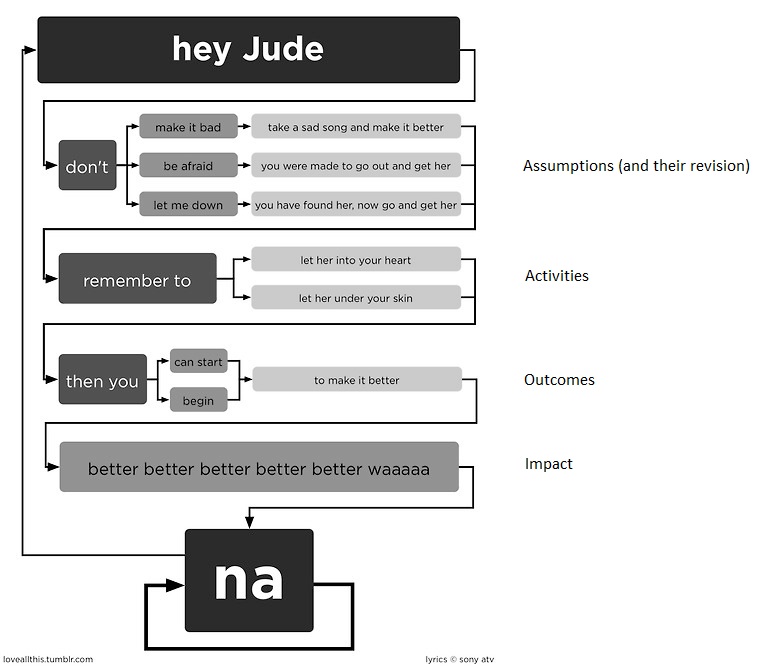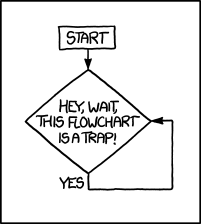To be extended and updated, with your help!
- American Evaluation Association: Coffee Break Demonstrations are 20 minute long webinars designed to introduce audience members to new tools, techniques, and strategies in the field of evaluation.
- Better Evaluation Series (2013) 8 webinars starting May 2013
- Archives: 135 webinars!!
- INTERACTION: Impact Evaluation Guidance Note and Webinar Series: 8 webinars covering Introduction to Impact Evaluation, Linking Monitoring and Evaluation to Impact Evaluation, Introduction to Mixed Methods in Impact Evaluation, Use of Impact Evaluation Results
- Measure Evaluation webinars: 20 webinars since Jan 2012
- Claremont Evaluation Center Webinar Series “The Claremont Evaluation Center is pleased to offer a series of webinars on the discipline and profession of evaluation. This series is free and available to anyone across the globe with an internet connection.”
- MY M&E website: Webinars on Equity-focused evaluations (17 webinars), IOCE webinar series on evaluation associations, Emerging practices in development evaluation (6 webinars), Developing capacities for country M&E systems (16 webinars), Country-led M&E Systems (6 webinars)
Plus some guidance on developing and evaluating webinars
- How to think about evaluating a webinar (PennState Cooperative Extension, 2009)
- Best Practices for Making Your Webinar a Success: Post-Event Evaluation (Frost and Sullivan, 2010)

 (with apologies to South Park)
(with apologies to South Park)
